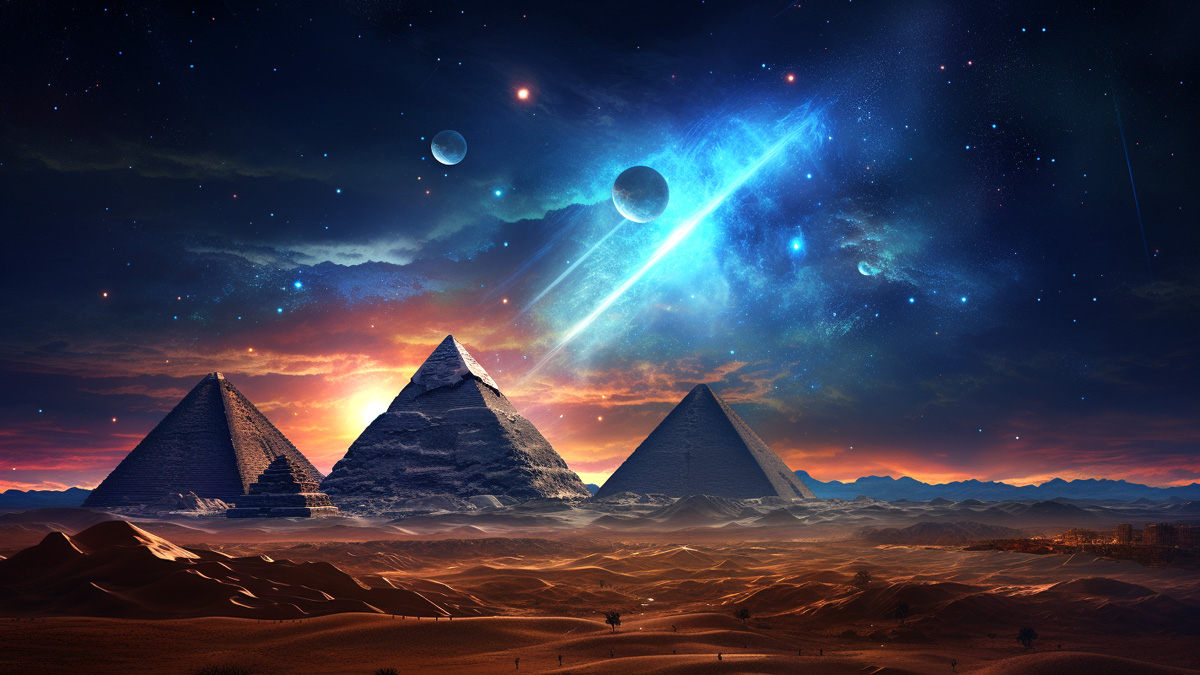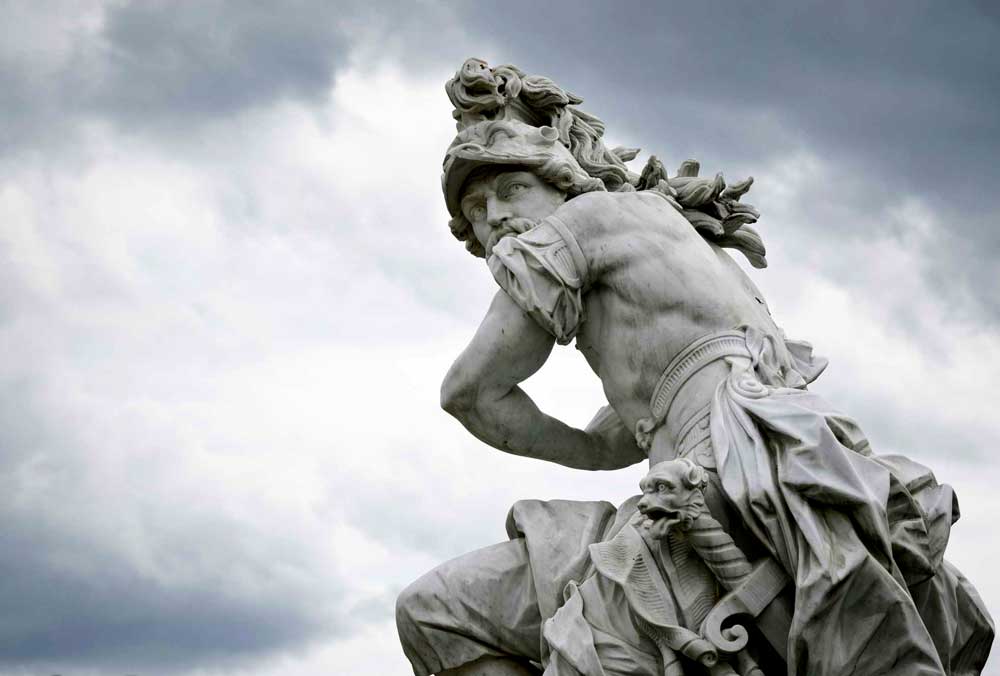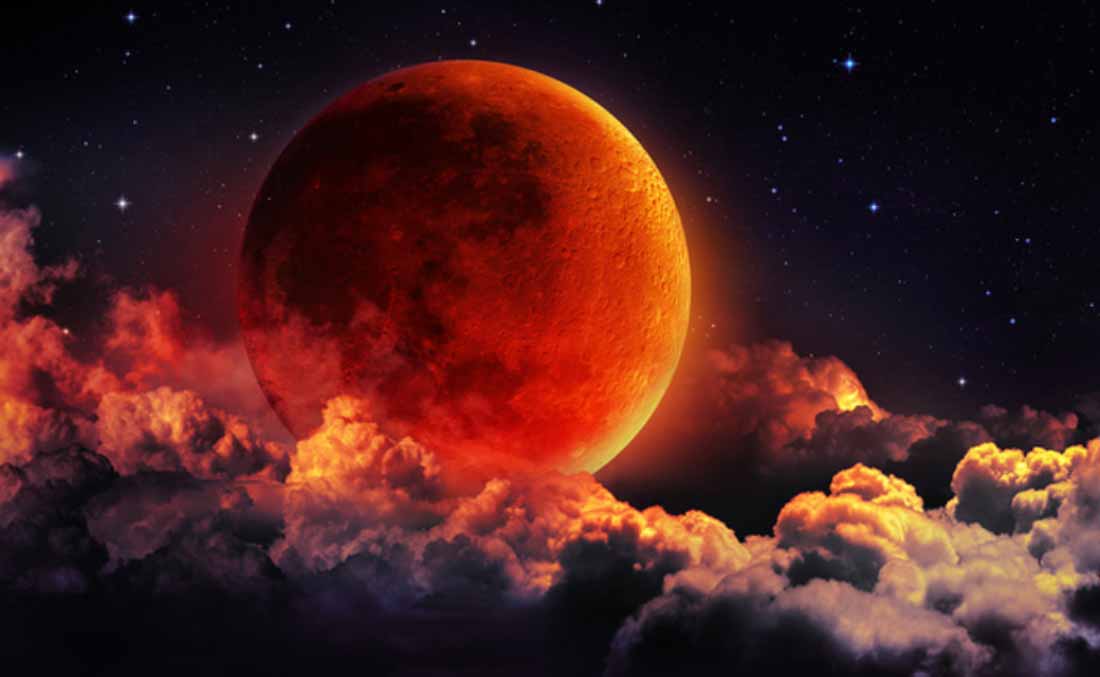Last Updated on July 15, 2025 by Avia
Ancient civilizations viewed the stars, planets, and celestial events as navigational aids, markers of time, and powerful symbols with deeper meanings that influenced every aspect of their societies. This article explores how stars, planets, and celestial events were integrated into ancient symbolism and education, shaping cultural identities and knowledge systems.
Table of contents
Cosmic Symbolism in Ancient Cultures
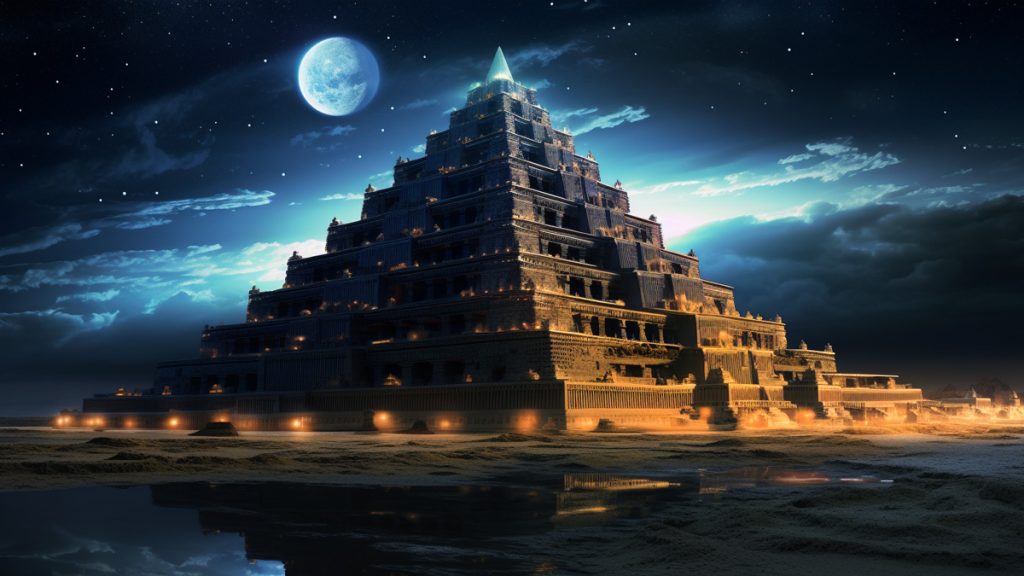
Ancient cultures across the globe—from Mesopotamia to China, Egypt to Mesoamerica—developed intricate cosmologies that incorporated celestial bodies into their religious, political, and social frameworks. The stars and planets were seen as divine entities, often personified in myths and viewed as gods or spiritual forces. In Mesopotamia, the Babylonians meticulously recorded celestial movements and developed the earliest known astronomical texts, such as the Enuma Anu Enlil, which cataloged omens associated with celestial events. The ziggurats stepped temples in Mesopotamia, were not only centers of worship but also served as observatories where priests studied the heavens to predict future events and guide societal decisions.
Similarly, ancient Egyptian civilization centered its religious beliefs around celestial cycles. The alignment of pyramids with celestial bodies like Sirius or the sun during solstices highlights their belief in the afterlife and the pharaoh’s divine connection to the heavens. There’s a lot to discover regarding the ancient Egyptian civilization and their beliefs in celestial cycles, so feel free to check out Cactus AI for additional information.
In China, celestial observations were crucial for imperial rule and governance. The recording of comets, supernovae, and lunar eclipses in the Book of Documents (Shujing) reflected the belief that cosmic events directly influenced rulers’ fate and the state’s prosperity. The Chinese zodiac, based on Jupiter’s twelve-year cycle, further integrated celestial symbolism into everyday life, influencing everything from naming conventions to agricultural practices.
Education and Celestial Knowledge
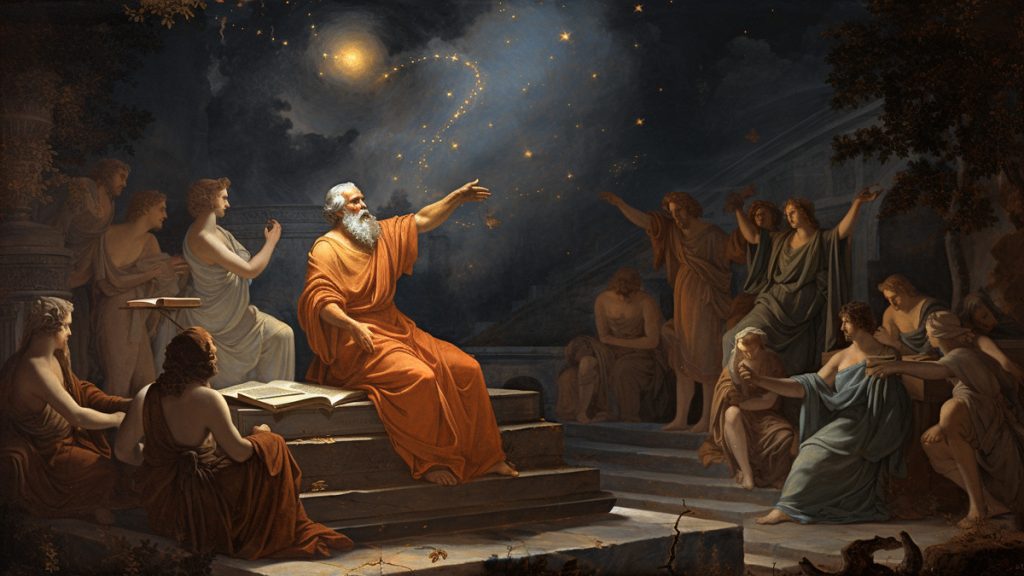
Education in ancient societies was tightly intertwined with celestial knowledge. In Mesopotamia and Egypt, priests were primarily responsible for interpreting celestial omens and teaching the next generation about the importance of stars and planets. Mathematics and astronomy were taught as essential disciplines to calculate the passage of time, predict agricultural cycles, and affirm political legitimacy through celestial phenomena.
In ancient Greece, the birthplace of Western astronomy, philosophers like Thales and Pythagoras sought natural explanations for celestial phenomena. Their observations and mathematical deductions laid the foundation for a more empirical approach to understanding the cosmos. Plato’s Academy and Aristotle’s Lyceum incorporated astronomy into their curricula, viewing the study of celestial bodies as a path to understanding the underlying principles governing the universe.
The Maya civilization of Mesoamerica developed one of the most sophisticated calendrical systems, driven by precise astronomical observations. Their cities, such as Tikal and Palenque, featured observatories aligned with significant celestial events like solstices and equinoxes. Mayan priests and scholars used their knowledge of the heavens to coordinate religious ceremonies, agricultural activities, and political decisions, demonstrating the vital role of celestial education in their society.
Legacy and Modern Understanding

The legacy of ancient celestial symbolism and education continues to influence contemporary society. Many astronomical terms and constellations are derived from Greek and Roman mythology, preserving cultural connections that were created a long time ago. The educational value of understanding celestial mechanics persists, with astronomy being a cornerstone of modern science education worldwide.
Moreover, the symbolic significance of celestial events continues to exist in various cultural practices and beliefs. Festivals celebrating lunar phases, equinoxes, and solstices continue to mark seasonal transitions and foster community bonds in diverse societies all over the world.
Takeaway
To sum up, stars, planets, and celestial events held profound symbolic and educational significance in ancient civilizations. They served not only as navigational aids and timekeepers but also as divine entities that shaped religious beliefs, societal structures, and educational practices. The legacy of ancient celestial knowledge continues to enrich our understanding of the cosmos and our cultural heritage, reminding us of the continuing impact of looking to the heavens for guidance and inspiration. Thus, the role of stars, celestial events, and planets in our lives cannot be underestimated, as they still hold a lot of symbolic significance.
Want more? Me too! That’s why I’ve also got this for you on Whats-Your-Sign:

